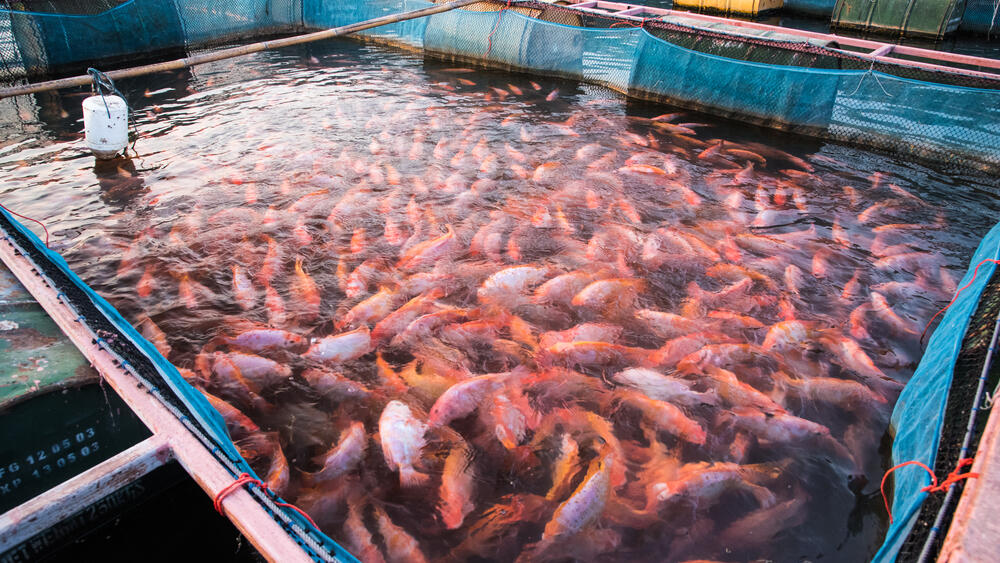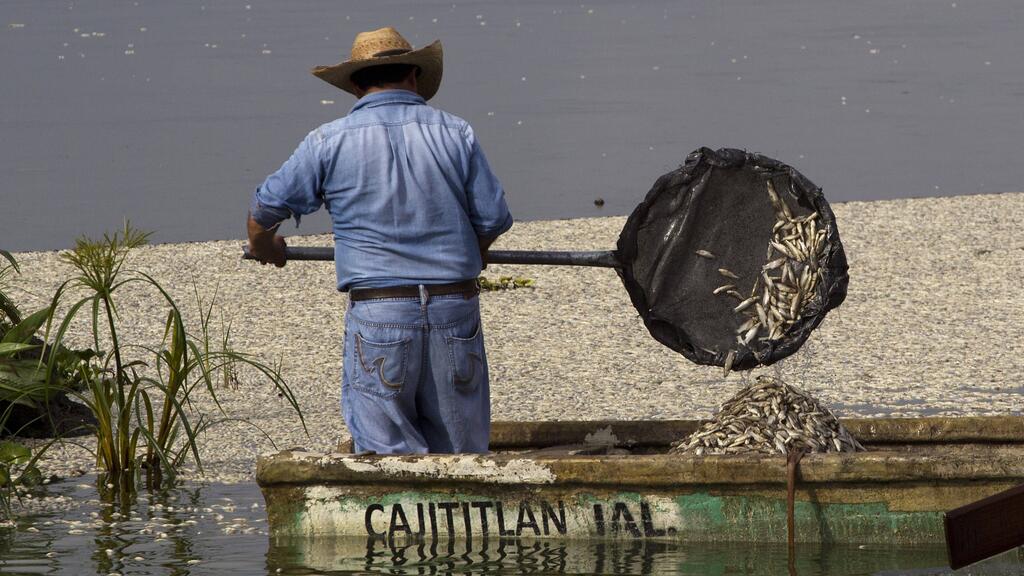Getting your Trinity Audio player ready...
Israel’s aquaculture industry relies primarily on fish farms, which generate agricultural waste such as fish carcasses, creating both environmental hazards and bureaucratic burdens for farmers.
To address this, the Agriculture Ministry's Extension Service, in collaboration with Nir David Fish Farm and MAOF Green Solutions, developed a model that would process fish waste while producing biogas at an annual rate of 6,000 cubic meters.
According to the ministry, fish farming involves high production costs and strict environmental and health regulations. A 1,000-dunam (250-acre) fish farm, for example, must handle around 25 tons of fish waste annually, not including extreme die-off events.
Currently, waste is transported to authorized treatment centers, a costly and logistically complex process. "Fish waste disposal is both a financial and bureaucratic burden," said Agriculture Ministry Extension Service Director Hagai Snir. "The proposed facility offers an accessible solution while generating renewable energy."
The project developed an anaerobic digestion facility capable of processing at least three tons of fish carcasses at a time, converting them into methane-rich biogas for direct use or electricity generation.
This reduces transportation and operational costs and creates a new revenue stream from selling surplus electricity. The system also addresses issues such as leakage prevention, odor control and operational efficiency.
Get the Ynetnews app on your smartphone: Google Play: https://bit.ly/4eJ37pE | Apple App Store: https://bit.ly/3ZL7iNv
A year-long pilot at Nir David Fish Farm will refine the system before commercialization in the country. Initial cost analysis indicates a 50% reduction in disposal expenses compared to the current method. While traditional disposal costs nearly one shekel ($0.2) per kilogram (2.2 lbs), the new system’s energy production translates into savings of nearly two-thirds of the cost per kilogram.



